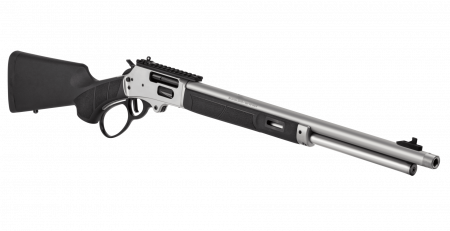Do You Really Need to Be “Tariff-ied?” The Real Threat to Ammunition Prices!
A message from: Dan Wolgin, CEO, Ammunition Depot
There’s been a surge of speculation about rising ammunition prices, driven by new U.S. tariffs
and concerns about international supply chains. Let’s put those fears to rest. At Ammunition
Depot, we don’t foresee any meaningful effects in the near future from the tariffs, and
here’s why.
1. The U.S. Ammo Supply Chain Is Largely Domestic
Most of our ammunition inventory comes from American manufacturers. That means
we’re largely insulated from international trade disruptions. While tariffs may impact some
imported goods, they have little to no bearing on the bulk of the U.S. ammunition market.
Key reasons:
● Ammunition components materials like brass, lead, and powder are largely sourced
and processed domestically.
● Ammunition is loaded and manufactured here in the U.S.
● Foreign ammunition is only a small percentage of our sales.
So, while some headlines are causing anxiety, tariffs don’t move the needle for the core of
this industry.
2. Two Current Factors, Neither Driving Prices
Antimony: A Marginal Component
Antimony, a hardening agent used in bullet cores, is no longer being exported by China as of
December 2024. But:
● On average, it makes up less than 2% of bullet composition.
● The U.S. can import it from Australia, Bolivia, and Turkey.
● It constitutes a tiny fraction of the total production cost of a bullet.
This shift happened before the current tariff situation and is not driving pricing pressure today.
Smokeless Powder: A Domestic Supply Concern
There has been a domestic shortage of smokeless powder for over two years. It’s not an
import issue, as most powder is produced in the U.S., but it could impact prices if the supply
tightens further.
So far:
● Prices for powder have recently risen by about 15% this year.
● Ammo prices haven’t moved, thanks to careful inventory management and domestic
sourcing.
Bottom line: it’s a known factor, but it hasn’t driven price increases yet.
3. Manufacturers Have Tried to Raise Prices, and It Hasn’t Stuck
Ammo producers have made several attempts over the past two years to raise prices. But in
every instance, the market rejected those increases. Unless there’s a real, sustained shift in
cost structures (which hasn’t happened yet), price hikes are unlikely to take hold. For the last
year ammo prices have gone lower, not higher.
4. The Real Threat? Panic Buying
The only real risk to price stability is consumer-driven: panic buying. If fear over tariffs or other
rumors triggers a run on ammo, it could lead to short-term shortages and price spikes. That’s
not supply-chain driven, it’s behavioral economics at play.
Stay calm. Stay informed. And buy smart.
Conclusion: No Reason to be Tariff-ied
Despite international tension and economic noise, the American ammo market remains strong,
stable, and domestic. At Ammunition Depot, we’re monitoring the landscape closely, and we
see no legitimate reason to expect a rise in prices driven by tariffs or supply chain issues.
So no, you don’t need to be “tariff-ied.”










Leave a Reply